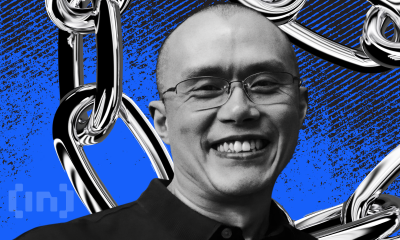Market
DeFi in Crisis: Restaking Protocols Are Devouring Liquidity
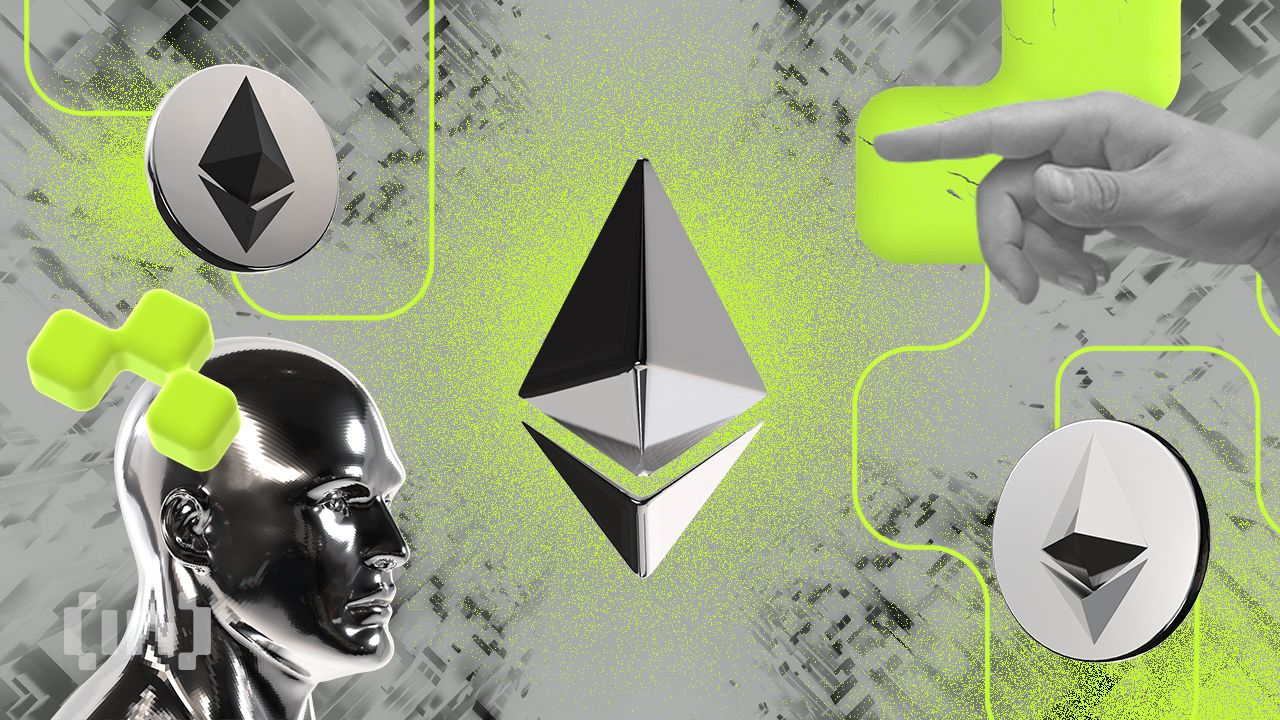
The DeFi space is expanding, with liquid staking and restaking protocols gaining more and more attention. These developments allow users to stake and reuse assets multiple times, offering the potential for higher yields. However, as these systems become more complex, they also introduce potential systemic vulnerabilities.
Projects like EigenLayer are pushing the limits of yield maximization, but are these returns sustainable? The question remains whether these innovations are setting DeFi up for lasting success or creating the next wave of risks.
The Growing Influence
Restaking protocols, led by platforms like EigenLayer, have become a major force in the decentralized finance (DeFi) sector. Restaking refers to the process where users take assets staked on one protocol, such as Ethereum’s liquid staking tokens (LSTs), and stake them again on another platform to earn additional yields.
This process has unlocked significant earning potential, driving restaking’s rise. In 2024, liquid restaking tokens (LRTs) saw an enormous 4,900% growth in Total Value Locked (TVL), surpassing $15 billion from a mere $280 million in early 2024.
“The push for higher yields is a key to keeping staking attractive, especially as the total amount of ETH staked on the Beacon Chain grows and the average APY (annual percentage yield) declines. This is one of the main reasons DeFi and restaking protocols have been so well-received,” Alon Muroch, CEO and Founder at SSV.Labs, told BeInCrypto in an exclusive interview.
Read more: Ethereum Restaking: What Is it and How Does it Work?

Restaking protocols offer users opportunities to maximize returns on their staked assets without having to sacrifice liquidity. However, as restaking scales, concerns about liquidity and security risks are emerging.
“Each additional layer in restaking increases both risk and reward, making it a choice that users must make based on their risk tolerance. While it introduces more potential points of failure, it also opens up opportunities for significantly greater returns. Ultimately, the user has the freedom to decide the level of exposure they are comfortable with,” Muroch added.
Balancing the Promise and Peril of Restaking
Although the ability to re-use staked assets has been celebrated as an innovation, it simultaneously introduces new layers of exposure. In essence, restaking involves leveraging staked assets across different protocols, which may sound appealing for yield optimization, but it creates systemic vulnerabilities.
Muroch identified several main problems associated with restaking:
- Smart Contract Vulnerabilities. The complexity of restaking mechanisms increases the potential for bugs and exploits in the smart contracts governing these protocols. Users may lose funds if a contract is compromised.
- Complexity and Lack of Understanding. As restaking strategies become more complex, there is a risk that users may not fully understand the risks they are taking on. Some Actively Validated Services (AVSs) have higher risk than others due to more/complex slashing criteria for different AVSs.
- Slashing Risks. If a validator is found guilty of malicious behavior, a portion of their restaked ETH can be slashed. This risk is compounded because node operators are subject to slashing conditions for both the Ethereum base layer and any additional AVSs.
Moreover, the financial architecture behind restaking has left DeFi exposed to potential liquidity drains. For example, EigenLayer’s current restaking system allows users to restake liquid staking tokens (LSTs) multiple times, amplifying liquidity challenges. These risks were evident in the Ankr exploit, where a hacker minted 6 quadrillion fake aBNBc tokens, crashing the price of liquid staking derivatives across various protocols.
The unclear regulatory frameworks add to the complexity of restaking. Muroch cautions that regulators will likely take a cautious approach to restaking, seeing it as distinct from traditional staking because of its added layers of risk and complexity. They may impose stricter regulations to protect investors and ensure the stability of the financial ecosystem as these protocols gain traction.
The Threat of Over-Restaking
EigenLayer, one of the biggest restaking protocols, has garnered over $19 billion in TVL by mid-2024. While this impressive expansion demonstrates the market’s appetite for higher yields, it raises questions about the sustainability of these protocols.
The dominance of EigenLayer also poses a unique threat to Ethereum’s overall security. Since these restaking platforms are handling large quantities of staked ETH, any major failure could directly impact Ethereum’s security model.
Experts, including Ethereum co-founder Vitalik Buterin, have voiced concerns that if a restaking protocol failed, it could lead to calls for a hard fork of Ethereum to “undo” the damage, an outcome that threatens the network’s decentralized consensus.
Read more: How to Participate in an EigenLayer Airdrop: A Step-by-Step Guide

Muroch, however, downplayed the severity of the situation, describing it as “theoretically bad, but practically quite unlikely.”
“If a significant amount of Ether is locked in EigenLayer and a large operator suffers a major slashing event, it could lead to a cascade of slashing damage. In a worst-case scenario, this could compromise the extended security of the Ethereum network. However, it would take the slashed operator not fixing the problem for a long period of time for Ethereum’s security to be threatened,” he explained.
He also highlighted an important upside, noting that restaking raises the cost of corruption for potential attackers. This shift strengthens security by focusing not just on individual protocols but on the total sum of all staked assets.
Hidden Dangers of Yield Optimization
The pursuit of higher yields has led stakers to adopt increasingly complex strategies, which carries both financial and technical risks. Financially, restaking protocols encourage users to stake their assets across multiple platforms, tying up more capital in interconnected systems. This raises systemic financial risks, as vulnerabilities in one protocol could trigger broader consequences across the ecosystem.
Muroch cautions that restaking is still a relatively new concept, making it difficult to predict its long-term effects. The potential for unforeseen issues, especially in volatile markets, adds uncertainty to the future of these strategies.
“Staking rewards have only recently been introduced, meaning it will take some time to fully understand their long-term effects. As always, there are ‘unknown unknowns’ that could arise. In the future, if the value of restaked assets were to drop sharply, the heavy reliance on rehypothecation and complex financial derivatives could trigger a liquidity crisis,” he said.
This would likely cause users to liquidate their positions en masse, worsening market volatility. In such a case, confidence in the underlying protocols might erode further, potentially causing widespread destabilization in the DeFi space.
“At this point it’s really speculative. Looking back to the past in DeFi, trying to milk yields as hard as possible tends to end badly,” Muroch warned.
Ultimately, the success of restaking protocols hinges on their ability to balance maximizing yields with managing the inherent financial and technical risks they introduce. As these systems mature, the sector is beginning to diversify. New competitors are launching their own restaking solutions, which could help decentralize risk currently concentrated in platforms like EigenLayer.
This shift may reduce the systemic vulnerabilities tied to one dominant protocol, leading to a more stable and resilient DeFi ecosystem over time.
“As excitement wanes, the sustainability of these protocols will be tested, and their true value will need to be assessed in a more stable market environment. This transition could reveal whether the innovations are robust or merely speculative trends,” Muroch concluded.
Disclaimer
Following the Trust Project guidelines, this feature article presents opinions and perspectives from industry experts or individuals. BeInCrypto is dedicated to transparent reporting, but the views expressed in this article do not necessarily reflect those of BeInCrypto or its staff. Readers should verify information independently and consult with a professional before making decisions based on this content. Please note that our Terms and Conditions, Privacy Policy, and Disclaimers have been updated.
Market
Report Alleges Massive Meme Coin Sniping on Pump.fun
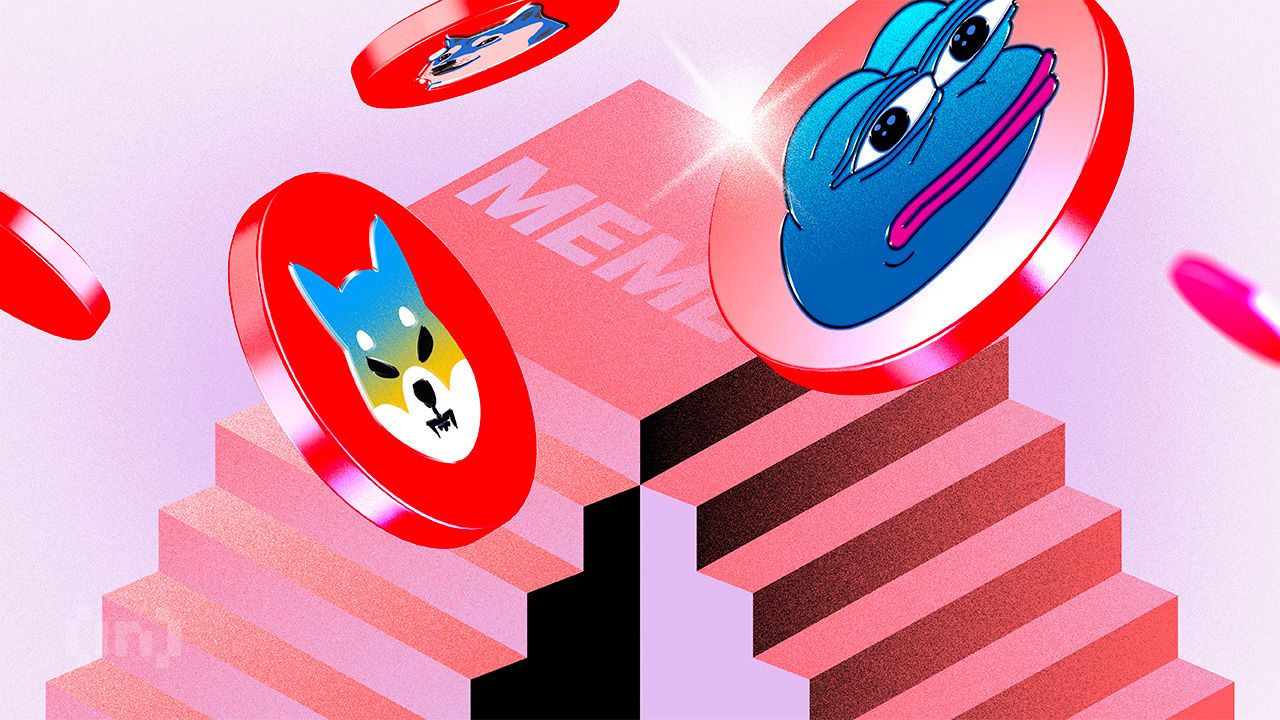
According to a new report from Pine Analytics, token deployers on Pump.fun systematically funded sniper wallets to buy their own meme coins. This impacted over 15,000 token launches on the platform.
These sniper wallets operated primarily during US trading hours, executing standardized, profitable strategies. Unrelated bot activity obscures their behavior, making it extremely difficult to isolate these wallets—and they can readily adapt to new countermeasures.
Snipers Roam Free on Pump.fun Meme Coins
Pump.fun has remained one of the most popular meme coin launchpads on Solana despite persistent controversies and other criticism.
However, Pine Analytics’ new report has uncovered a new controversy, discovering systematic market manipulation on the platform. These snipes include as much as 1.75% of all launch activity on Pump.fun.
“Our analysis reveals that this tactic is not rare or fringe — over the past month alone, more than 15,000 SOL in realized profit was extracted through this method, across 15,000+ launches involving 4,600+ sniper wallets and 10,400+ deployers. These wallets demonstrate unusually high success rates (87% of snipes were profitable), clean exits, and structured operational patterns,” it claimed.
Solana meme coin deployers on Pump.fun follow a consistent pattern. They fund one or more sniper wallets and grant them advance notice of upcoming token launches.
Those wallets purchase tokens in the very first block and then liquidate almost immediately—85% within five minutes and 90% in just one or two swap events.

Pump.fun meme coin developers exploit this tactic to create the appearance of immediate demand for their tokens. Retail investors, unaware of the prior sell‑off, often purchase these tokens after the snipe, giving developers an unfair advantage. This constitutes market manipulation and erodes trust in the platform.
Pine Analytics had to carefully calibrate its methods to identify genuine snipers. Apparently, 50% of meme coin launches on Pump.fun involve sniping, but most of this is probably bots using the “spray and pray” method.
However, by filtering out snipers with no direct links to developer wallets, the firm missed projects that covered their tracks through proxies and burners.
In other words, the meme coin community does not have adequate defenses against systematic abuse on Pump.fun. There are a few possible ways that the platform could flag repeat offenders and sketchy projects, but adaptive countermeasures could defeat them. This problem demands persistent and proactive action.
Unfortunately, it may be difficult to enact such policies. Meme coin sniping is so systematic that Pump.fun could only fight it with real commitment.
Analysts think that building an on-chain culture that rewards transparency over extraction is the best long-term solution. A shift like that would be truly seismic, and the meme coin sector might not survive it.
Disclaimer
In adherence to the Trust Project guidelines, BeInCrypto is committed to unbiased, transparent reporting. This news article aims to provide accurate, timely information. However, readers are advised to verify facts independently and consult with a professional before making any decisions based on this content. Please note that our Terms and Conditions, Privacy Policy, and Disclaimers have been updated.
Market
Solana Leads Blockchain Metrics as SOL Momentum Builds

Solana (SOL) continues to show strength across multiple fronts, maintaining a bullish structure on its Ichimoku Cloud chart while gaining momentum in key market metrics. The BBTrend indicator has turned higher again, signaling renewed buying pressure after a brief cooldown.
On-chain activity remains strong, with Solana leading all blockchains in DEX volume and dominating fee generation thanks to the explosive growth of meme coins and launchpad activity. With SOL now trading above a key resistance level, the path is open for further upside—though a loss of momentum could still trigger a retest of lower supports.
Solana Maintains Bullish Structure, but Momentum Faces Key Test
On Solana’s Ichimoku Cloud chart, the price is currently above the Kijun-sen (red base line) but has dipped below the Tenkan-sen (blue conversion line), signaling weakening short-term momentum.
The flattening Tenkan-sen and price behavior suggest possible consolidation or the early stages of a pullback. Still, with the price holding above the Kijun-sen, medium-term support remains intact.

The overall Ichimoku structure remains bullish, with a thick, rising cloud and leading span A well above span B—indicating strong underlying support.
If Solana finds support at the Kijun-sen and climbs back above the Tenkan-sen, the uptrend could regain strength; otherwise, a test of the cloud’s upper boundary may follow.

Meanwhile, Solana’s BBTrend is currently at 6, extending nearly ten days in positive territory after peaking at 17.5 on April 14. The recent increase from 4.26 to 6 suggests renewed bullish momentum following a brief cooldown.
BBTrend, or Bollinger Band Trend, tracks the strength of price movement based on Bollinger Band expansion.
Positive values like the current one point to an active uptrend, and if the BBTrend continues to rise, it could signal stronger momentum and potential for another upward move.
Solana Dominates DEX Volume and Fee Generation as Meme Coins Drive Ecosystem Growth
Solana has once again claimed the top spot among all chains in DEX volume, recording $15.15 billion over the past seven days. The combined total of Ethereum, BNB, Base, and Arbitrum reached $22.7 billion.

In the last 24 hours alone, Solana saw $1.67 billion in volume, largely fueled by its booming meme coin ecosystem and the ongoing launchpad battle between PumpFun and Raydium. Adding to this good momentum, Solana recently surpassed Ethereum in Staking Market Cap.

When it comes to application fees, Solana’s momentum is just as clear. Four of the top ten fee-generating apps over the past week—PumpFun, Jupiter, Jito, and Meteora—are Solana-focused.
Pump leads the pack with nearly $18 million in fees alone.
Solana Breaks Key Resistance as Uptrend Targets Higher Levels, but Risks Remain
Solana has finally broken above its key resistance at $136, flipping it into a new support level that was successfully tested just yesterday.
Its EMA lines remain aligned in a bullish setup, suggesting the uptrend is still intact.
If this momentum continues, SOL price could aim for the next resistance zones at $147 and $152—levels that, if breached, open the door to a potential move toward $179.
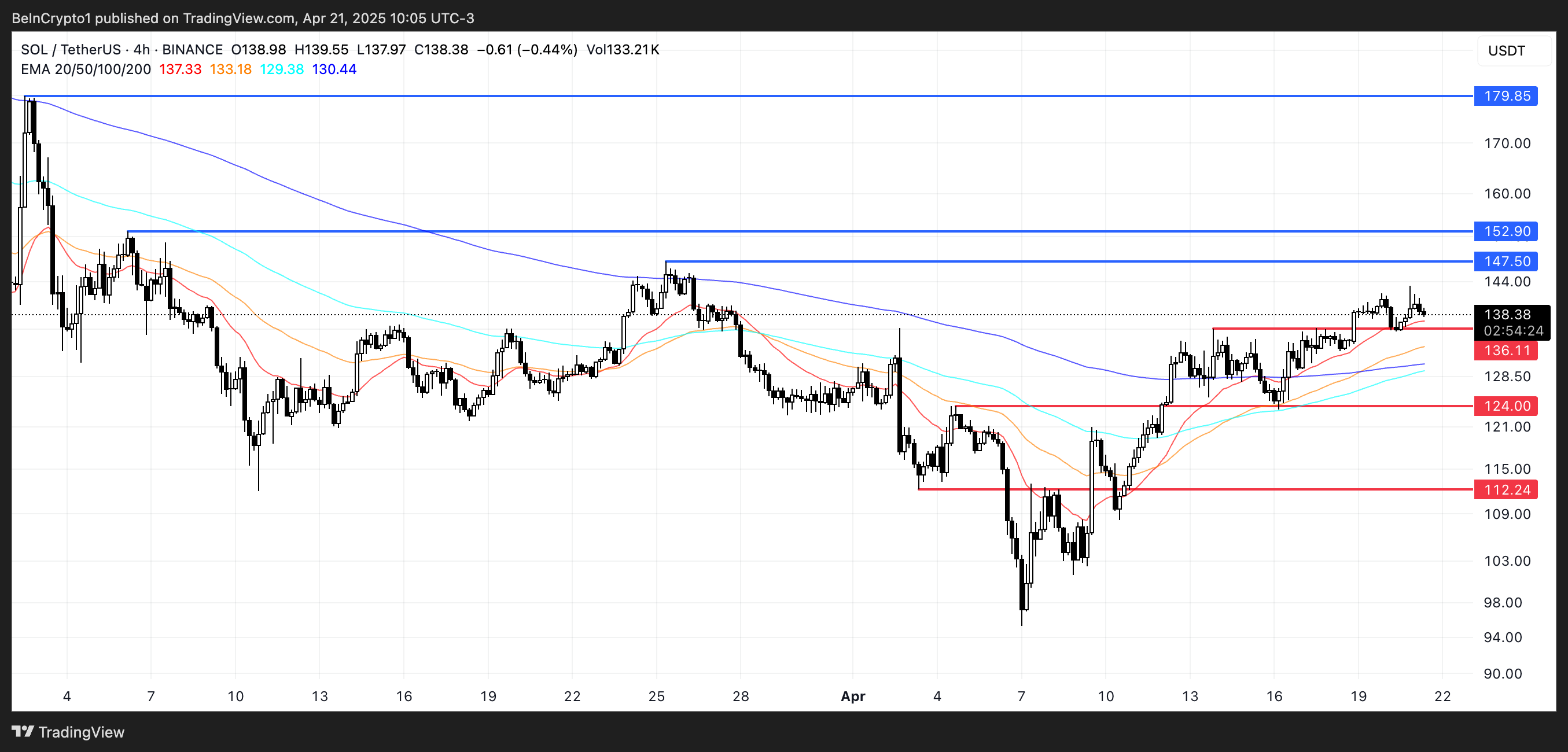
The current structure favors buyers, with higher lows and strong support reinforcing the trend.
However, if momentum fades, a retest of the $136 support is likely.
A breakdown below that level could shift sentiment, exposing Solana to deeper pullbacks toward $124 and even $112.
Disclaimer
In line with the Trust Project guidelines, this price analysis article is for informational purposes only and should not be considered financial or investment advice. BeInCrypto is committed to accurate, unbiased reporting, but market conditions are subject to change without notice. Always conduct your own research and consult with a professional before making any financial decisions. Please note that our Terms and Conditions, Privacy Policy, and Disclaimers have been updated.
Market
Crypto Firms Donated $85 million in Trump’s Inauguration

According to a new report, 15 firms and individuals from the crypto industry donated more than $100,000 to President Trump’s Inauguration, totaling over $85 million.
Almost all of these companies apparently received direct or indirect benefits from Trump’s administration. This includes dropped legal proceedings, lucrative business partnerships, participation in Trump’s Crypto Summit, and more.
Crypto Industry Went All-In on Trump’s Inauguration
Since promising to bring friendlier regulations on the campaign trail, Donald Trump attracted a reputation as the Crypto President.
Trump’s Inauguration festivities included a “Crypto Ball,” and several prominent firms made donations for these events. Today, a report has compiled all crypto-related contributions of over $100,000, revealing some interesting facts.

Since taking office, President Trump and his family have been allegedly involved in prominent crypto controversies, and these donations may be linked to several of them.
For example, eight of the donors, Coinbase, Crypto.com, Uniswap, Yuga Labs, Kraken, Ripple, Robinhood, and Consensys, had SEC investigations or lawsuits against them closed since Trump’s term began.
The commission might have dropped its probe against these companies anyway due to its changing stance on crypto enforcement. However, being in the President’s good books likely helped the process.
Further Alleged Benefits for Donors
In other words, nearly half the firms that made donations to Trump’s Inauguration have seen their legal problems cleared up quickly. This isn’t the only regulation-related benefit they allegedly received.
Circle, for example, recently made an IPO after openly stating that Trump’s Presidency made it possible. Galaxy Digital received SEC approval for a major reorganization, a key step for a NASDAQ listing.
Other donors, such as Crypto.com and ONDO, got more direct financial partnerships with businesses associated with the Trump family.
Previously, Ripple’s CEO, Brad Garlinghouse, anticipated a crypto bull market under Trump. Also, XRP, Solana, and Cardano were all unexpectedly included in the US Crypto Reserve announcement.
All three of these companies made major donations to Trump’s Inauguration.
It seems that most of the firms involved got at least some sort of noticeable benefit from these donations. Donors like Multicoin and Paradigm received invitations to Trump’s Crypto Summit, while much more prominent groups like the Ethereum Foundation got snubbed.
Meanwhile, various industry KOLs and community members have already alleged major corruption in Trump’s crypto connections.
While some allegations might lack substantial proof, the crypto space has changed dramatically under the new administration, for both good and bad.
Disclaimer
In adherence to the Trust Project guidelines, BeInCrypto is committed to unbiased, transparent reporting. This news article aims to provide accurate, timely information. However, readers are advised to verify facts independently and consult with a professional before making any decisions based on this content. Please note that our Terms and Conditions, Privacy Policy, and Disclaimers have been updated.
-

 Altcoin23 hours ago
Altcoin23 hours agoPumpFun Moves $13M SOL To Kraken as Solana Price Consolidates, What Next?
-
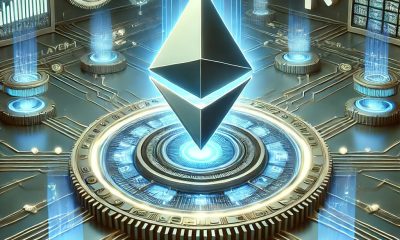
 Ethereum22 hours ago
Ethereum22 hours agoEthereum to Emphasize Layer-1 Efficiency and UX in Upcoming Protocol Upgrades
-

 Market23 hours ago
Market23 hours agoCardano (ADA) Jumps 4% as Bullish Signals Emerge
-
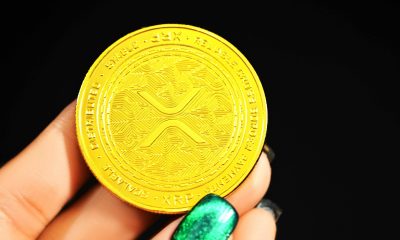
 Market22 hours ago
Market22 hours agoXRP Surpasses Ethereum In This Major Metric After Outperforming For 6 Months
-
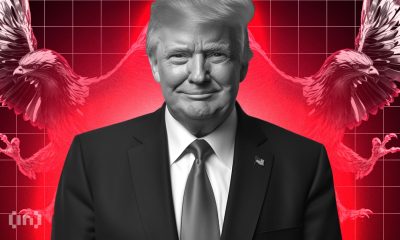
 Market21 hours ago
Market21 hours agoCrypto Firms Donated $85 million in Trump’s Inauguration
-

 Market20 hours ago
Market20 hours agoSolana Leads Blockchain Metrics as SOL Momentum Builds
-

 Market19 hours ago
Market19 hours agoReport Alleges Massive Meme Coin Sniping on Pump.fun


